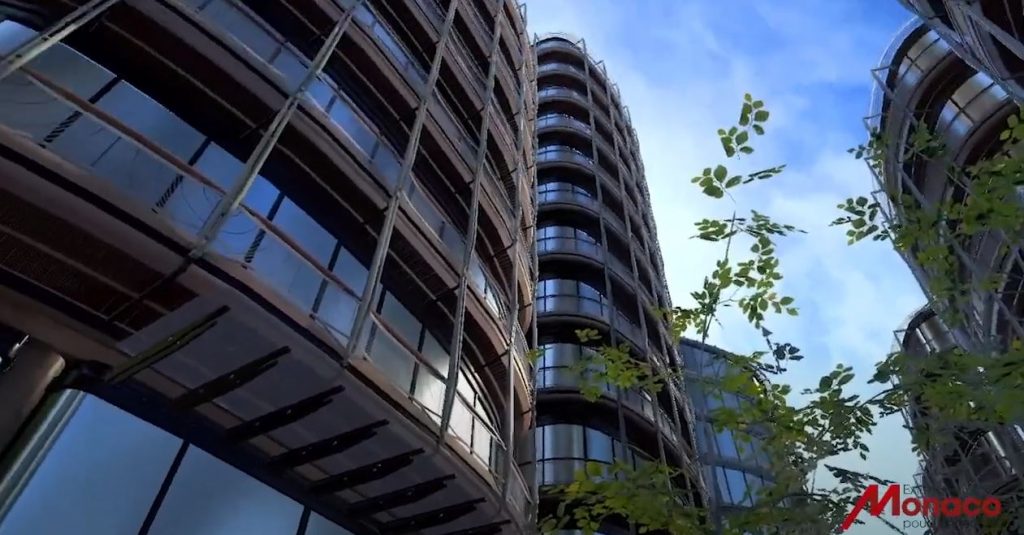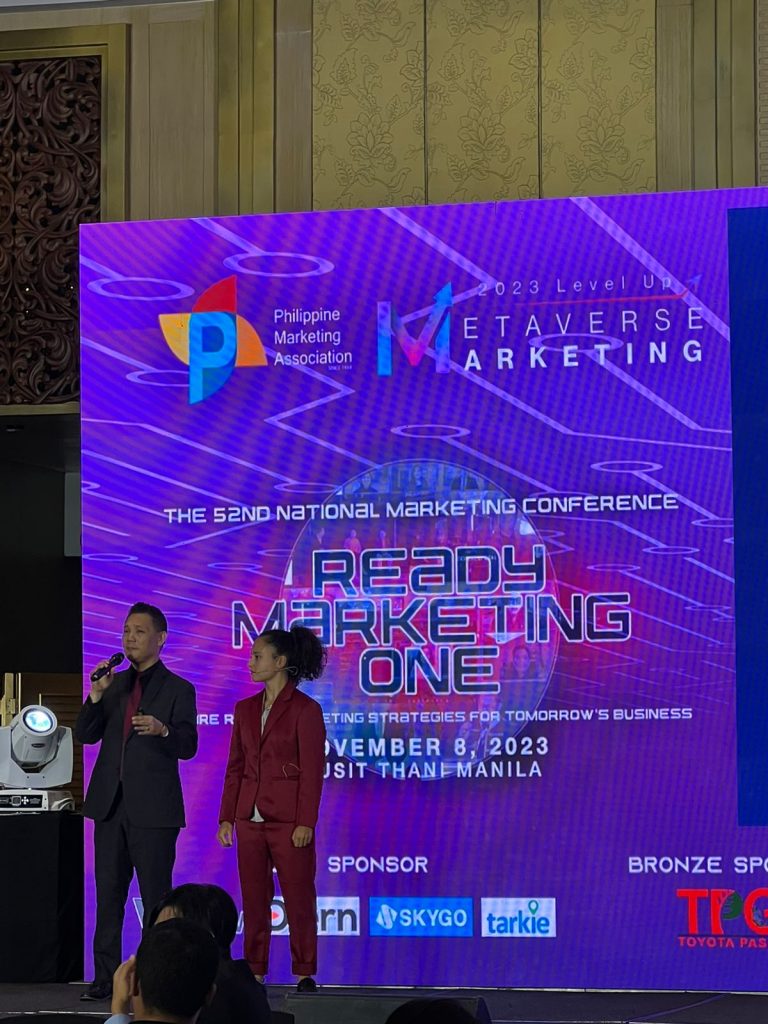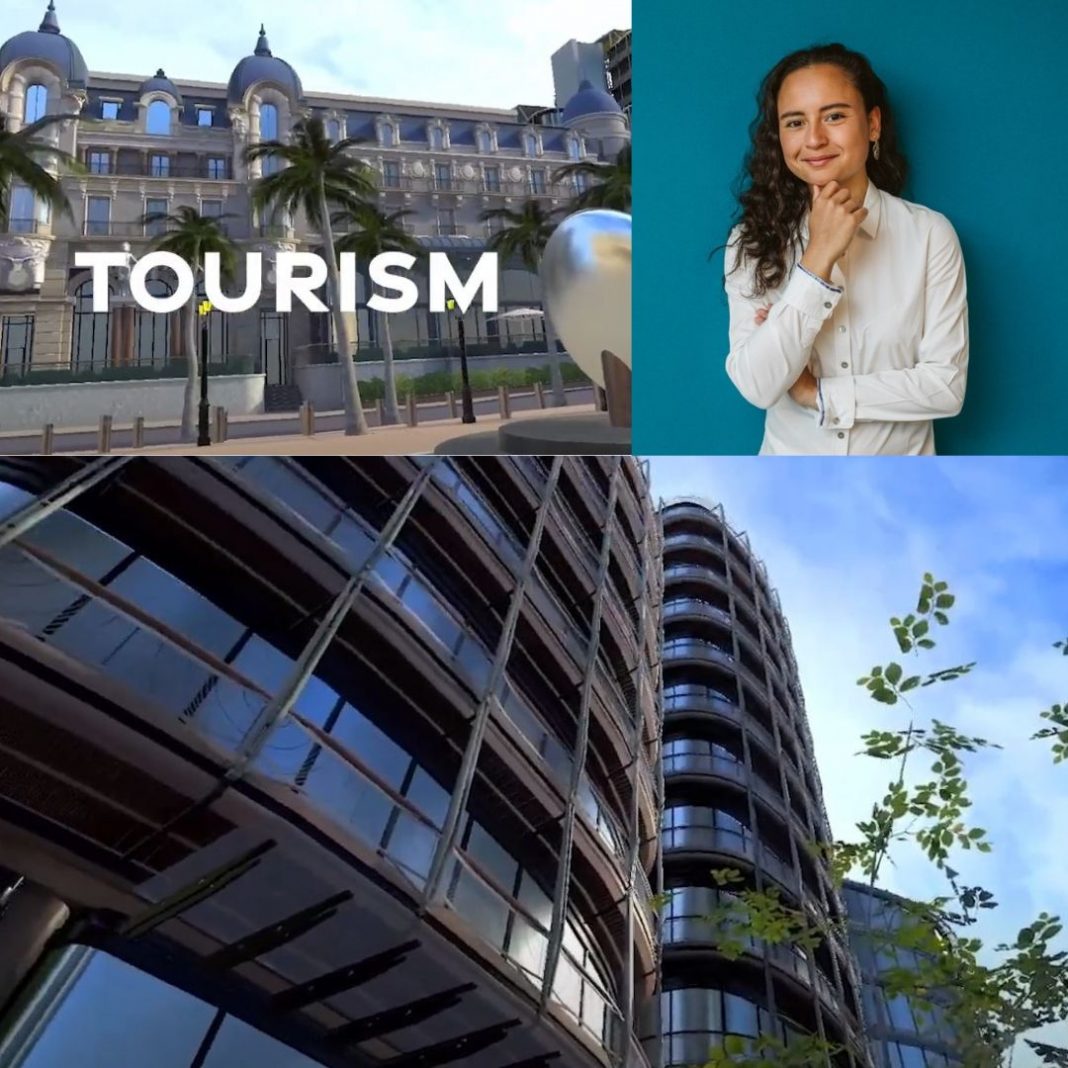It isn’t everyday where I am able to sit beside an industry outlier for lunch, especially one who is half my age. So on a traffic-laden weekday in November, I was able to join 23 year old technopreneur Manila Di Giovanni to talk shop in a restaurant in BGC.
Di Giovanni is a Web3 project founder specializing in the metaverse. Yes she has VR headsets. And yes she uses blockchain technology. But these are just parts of a larger vision, averse from the usual crypto “pump and dump” schemes that plague the industry. But who is she? Her name is her heritage. Born in Italy to a Filipina mother and Italian father, Manila would alternate her time between the Philippines and Europe. She sees both worlds, stark contrasts yet parallel to one another. And in a way this laid the foundations of her work with DWorld, which sounds like “The World.” Inspired by watching a lot of Isekai anime like Sword Art Online, characters in the real world are transported to a virtual world where they can live their lives and build meaningful relationships – as well as face the consequences of their actions.
As a fellow Web3 project founder, I was very interested in asking the hard questions and at times, our lunch together felt less like an interview but like colleagues talking about the challenges of developing in the blockchain and the metaverse.

You will be forgiven if you think DWorld is just another aspiring metaverse project similar to The Sandbox or Second Life. For Di Giovanni, she sees the metaverse, not as an escape, but as a parallel world that is persistent and that can really represent the real world and society. “It is not something that is gamified – it is something that complements our real world.”
Interesting enough, DWorld does not seem to suffer from the hype culture of most Web3 projects we see being peddled on X. “You’re lucky,” I told her. “It doesn’t cheapen the brand.” And she replied with a founder’s conviction I rarely hear about in the space: that decentralization does have its merits, but real success in her project means building from the top – working with local government. This is unheard of in the crypto space, as project builders are usually libertarians who prefer the decentralized approach to building.
Building the new economy with cryptocurrencies
Di Giovanni contends that while fiat currencies have their place, NFTs and blockchain offer a neutral, decentralized alternative, reshaping the virtual economy and redefining the concept of citizenship within this evolving space. She says that there are already nuances with fiat currencies, hence we have exchange rates. Making use of fiat like the Euro, Peso, and Dollar will just make everything too expensive especially since its main use is to help prototype the future.
DWorld’s metaverse, set to unveil its Mainnet in December, stands apart from the conventional perception of metaverse gaming projects. DWorld prioritizes government collaboration and enterprise engagement over the pursuit of rapid financial gains, embodying a long-term vision that requires significant investment and patience. In other words, DWorld isn’t the typical “pump and dump” schemes we see in crypto projects. Its vision is essentially a soft reset to see a parallel world, a second earth that can rapidly prototype whatever it is you want to build in the physical world.
A digital blueprint for smart cities
For DWorld, Monaco became a testing ground where collaboration with their Smart City department paved the way for the world’s first virtual economy by securing support from the tourism department and rallying enterprises. This is a completely different way of doing things, as project founders in the blockchain space tend to be allergic to regulation and government. In this case, she embraces it. Recently Gi Giovanni has set its sights to the Philippines to create its own metaverse starting with El Nido, Palawan. This bid is poised to bolster the local economy, specifically the tourism sector.
Di Giovanni draws inspiration from a McKinsey study predicting that the metaverse will generate up to $5 trillion USD in value by 2030. This value is created from jobs, goods, and services that we do not yet know exist (I mean, who knew almost 20 years ago what a “social media manager” would be?)
During the pandemic, NFTs were some sort of a buzzword in the art scene as the artist Beeple sold his piece of work as an NFT for close to USD $7 million. A lot has happened since that time – and the luster of NFTs as art has plateaued. Di Giovanni however believes that NFTs need some form of utility in order to thrive and in her DWorld thesis, she likens NFTs to membership cards or subscriptions to services. Think of a country club membership or a premium club to your favorite store that gives exclusive first dibs access to merchandise and mixers.
As the metaverse unfolds, DWorld emerges not as a mere player in a gaming landscape but as a transformative force, navigating the intersection of VR, blockchain, and NFTs to reshape how we perceive and engage with our digital and physical worlds.

Di Giovanni also recently was the recipient of the Agora Awards from the CEO of the Philippine Marketing Association for her efforts in building the metaverse and the future of smart cities in the Philippines.



